Falls are the top cause of injury for adults 65 and older, so fall prevention is an essential tool for older adults and caregivers. (1) Fall prevention doesn’t have to be complicated—it includes simple steps like building strength with regular exercise, reviewing medications and knowing potential side effects, getting hearing and vision checked yearly, and removing fall risks in the home such as throw rugs and clutter or adding handrails and non-skid rugs. (2) (3) And of course, seeing a doctor or provider regularly can help ward off any potential health concerns that could also contribute to a fall.
On top of these strategies, consider investing in a fall detection device. While these devices don’t prevent falls, they can help you or your loved one receive help shortly after a fall. The device connects to a 24/7 monitoring center when it detects a fall, or the button is pushed. The monitoring center agent sends emergency responders to the user’s location and notifies loved ones if it’s an emergency.
The best medical alert systems offer at-home and on-the-go fall detection devices, including LifeFone. It’s one of the only brands to offer fall detection for $5 per month—half the industry average. Learn more about the perks and drawbacks of the brand in our full LifeFone review.
Our favorite LifeFone medical alert system
Based on firsthand testing, performance, and features, we selected the VIPx as LifeFone’s top device. The compact mobile system has a two-way speaker to communicate directly with the monitoring center, a 10-day battery life, optional fall detection, GPS tracking, and caregiver monitoring. The VIPx had a 40-second average response time—one of the fastest of the devices we tested. We also love that it’s available in three colors: silver, black, and white.
Compare LifeFone medical alert systems
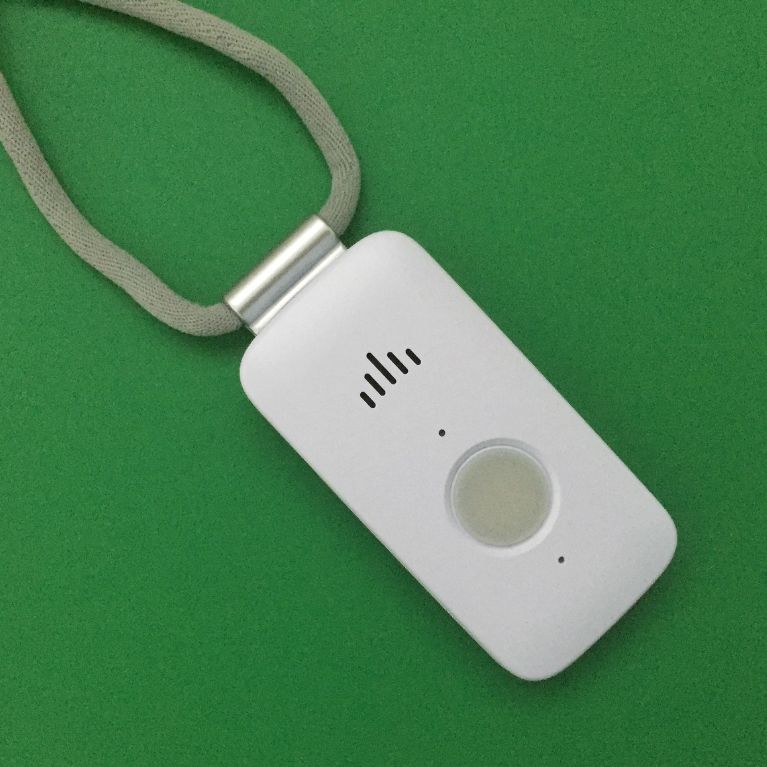
|
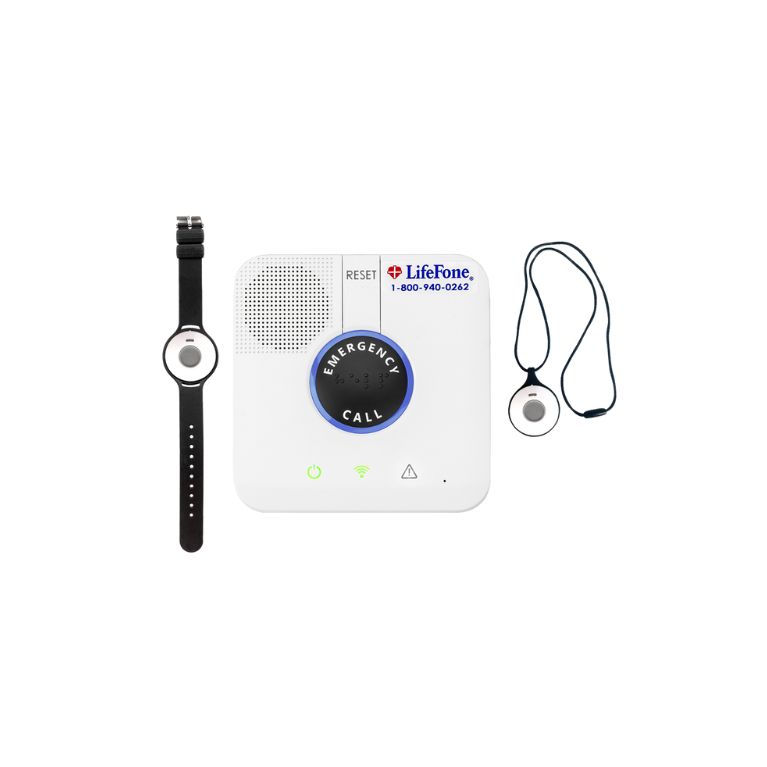
|
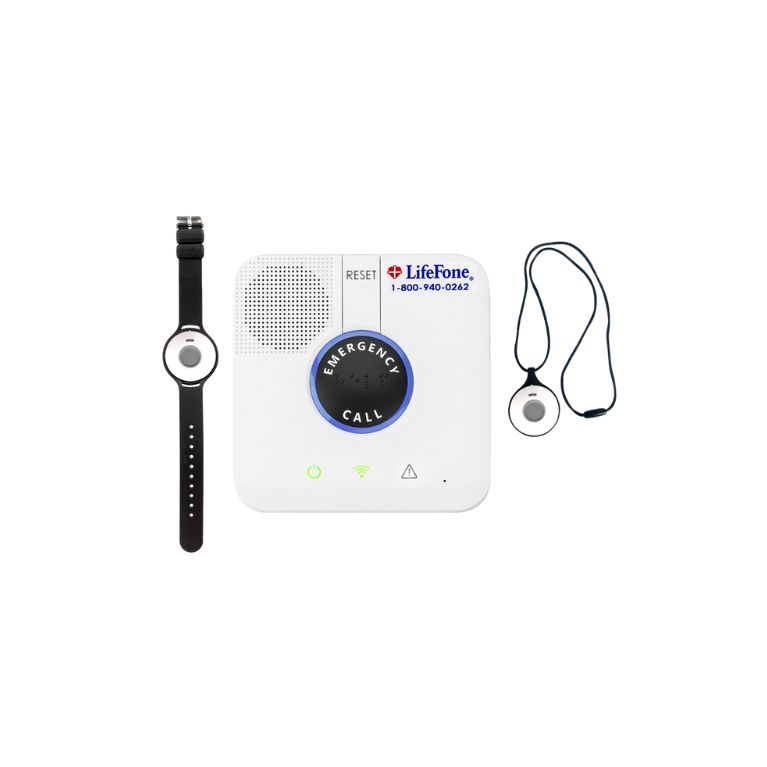
|
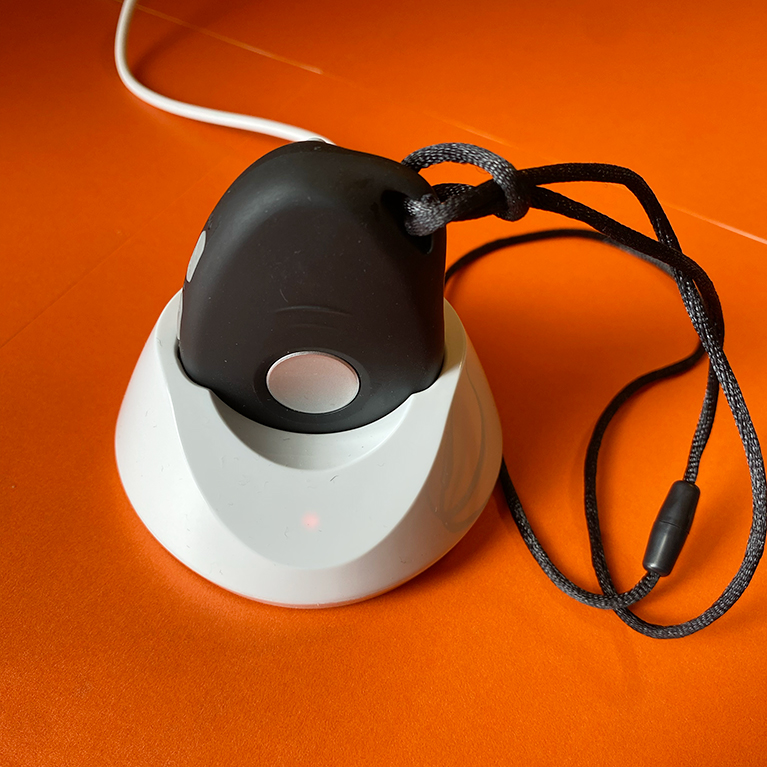
|
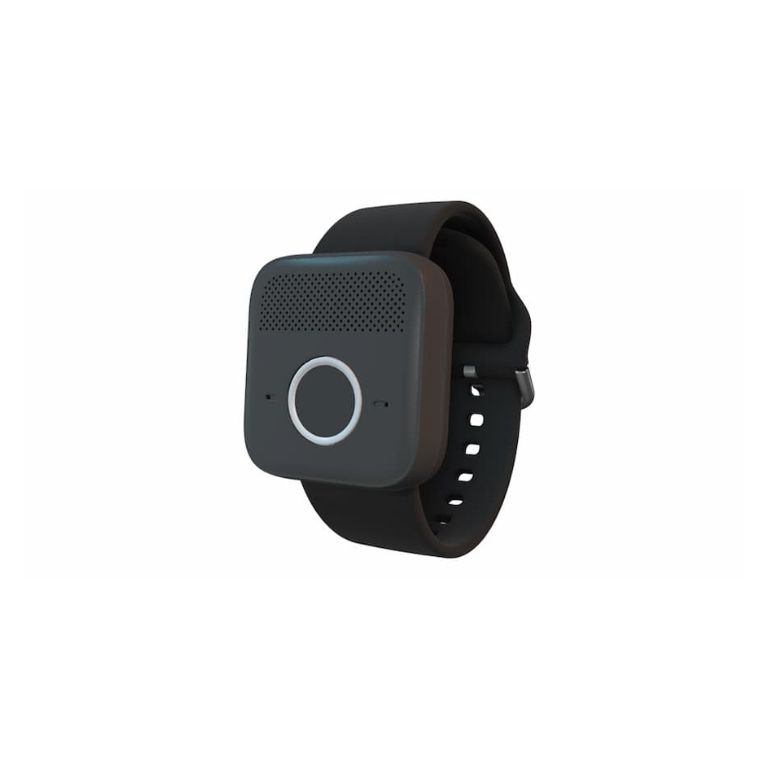
|
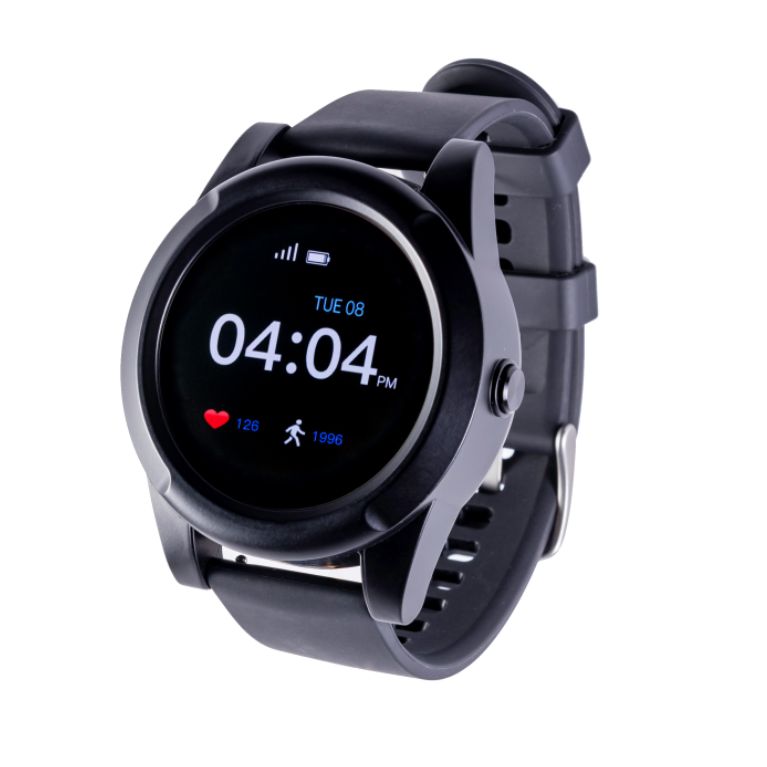
|
|
| LifeFone VIPx | LifeFone At-Home Cellular | LifeFone At-Home Landline | LifeFone VIP Active | LifeFone VIP Flex | LifeFone Safe Watch Active | |
| Rating | ||||||
| Price | $43.95 | $34.95 | $29.95 | $41.95 | $43.95 | $47.95 |
| Fall detection | Yes, $5/month | Yes, $5/month | Yes, $5/month | Yes, $5/month | Yes, $5/month | Yes, $5/month |
| Location tracking | Yes, with app purchase | No | No | Yes | Yes | Yes |
| Battery life | 10 days | 32 hours (backup) | 32 hours (backup) | Five days | Five days | 24 hours |
| In-home range | Unlimited | 1,300 feet | 1,300 feet | Unlimited | Unlimited | Unlimited |
LifeFone VIPx
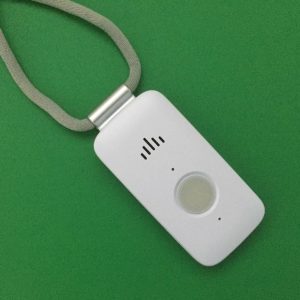

Key product features
What you should know
We selected the LifeFone VIPx as one of the best medical alert necklaces. Its compact design, two-way speaker, 10-day battery life, and fast monitoring center response times make the device excellent for anyone needing 24/7 monitoring at home and on the go. The app offers excellent caregiver features, but unlike most free medical alert apps, it costs an additional monthly fee.
- Our testers were impressed the VIPx registered falls barely four seconds after each successful test fall.
- While $43.95 is a high monthly fee compared to some competitors, fall detection is only $5 per month (compared to a $10 industry average). There’s also no equipment fee.
- We recommend the LifeFone VIPx if you want a fall-detection necklace that keeps up with your active lifestyle.
- It may not be as discreet as a bracelet, but the LifeFone VIPx weighs just 1.3 ounces and is barely 3 inches high. Our testers thought the necklace was lightweight and unintrusive but wished the lanyard was adjustable.
- The VIPx didn’t detect any slow test falls, but it detected all fast, hard falls.
LifeFone VIPx overview
The LifeFone VIPx connects to the monitoring center anywhere with cell service. The compact mobile system has a two-way speaker, optional fall detection, location tracking, and a 10-day battery life—double the industry average. It’s also available in three colors: silver, black, and white.
Specs
| Monthly cost | $43.95 |
| Trial period | 30 days |
| Fall detection | $5 |
| Average response time | 40 seconds |
| Connectivity | AT&T or Verizon 4G LTE |
| App | Yes, $8/month |
| Available accessories | Lockbox, app, daily check-in services, |
| Location tracking | Yes, with app purchase |
Setting up the VIPx
Our testers had no issues setting up the device or installing the caregiver app. The user guide clearly outlines all directions and instructs users to call customer service for help setting up the app. Testers received an email with an activation code and app download link for the App Store and Google Play. We like this attention to detail, especially for caregivers needing assistance downloading and accessing the app.
When we conducted a test call, an automated voice confirmed that the device was working, and the battery was charged. We like this quick, simple confirmation.
Wearing and using the device
The VIPx felt lightweight around our tester’s neck, but they pointed out the lanyard strap isn’t adjustable. While the device fell comfortably on their chest, we wish there was an option to adjust the strap in case the necklace was too short or long for users.
We’re impressed with the device’s 10-day battery life, especially since it’s double the average of most mobile systems. Keep in mind that battery life depends on usage and connectivity. Even if the battery doesn’t always last up to 10 days, you’ll get an email or text notification when it’s low and needs to be recharged. Users and caregivers can receive these notifications and check the battery level on the app.
The center help button slowly flashes red when the battery is low, but we wish there were a verbal cue as well. The device is simple to place in the charging cradle, and the help button turns solid red once the battery is fully charged.
Fall detection performance
The VIPx detected only half of our test falls—all fast falls but no slow falls. We define a “fast” fall as one with quicker downward acceleration and harder impact. Our testers simulate fast falls by dropping the device from shoulder height. A slow fall is more gradual and is simulated by testers sitting in a chair, falling to their knees, and then falling to the ground.
When the device did detect a fall, it took five seconds to register it and less than 40 seconds to contact the monitoring center. These are fast response times compared to most competitors. The help button turned blue and announced, “Calling the support center, transferring you to the emergency response center,” each time it detected a fall.
The VIPx’s quick response times and assurance that help is on the way are critical after a fall. Staying on the ground an hour or more after a fall can lead to a fear of falling, limited mobility, and reduced quality of life. (4)
Caregiver app
The VIPx app’s two biggest drawbacks are that it’s only compatible with the VIPx and costs $8 per month. Most brands offer a free companion app for all systems or, at the very least, their mobile systems. LifeFone is the only brand we’ve tested with a caregiver app for one device.
Our testers thought the app was intuitive and had many great caregiver features, but they couldn’t get over the extra monthly fee. App features include the following:
- Live location tracking via Google Maps
- Step tracking
- The first motion of the day tracking
- Monitoring center call log
- Battery percentage
- Ability to ring the device if misplaced
- List of emergency contacts and next steps after a monitoring center call
Caregivers can also set up notifications in the app for help button presses, low battery when the device is off, and the first motion of the day.
What customers are saying
LifeFone has a 4.7- out of 5-star rating on Trustpilot based on more than 940 reviews as of writing. One reviewer specifically mentioned their mother’s experience with the VIPx.
“I did a lot of research before choosing a unit for our mother and am very pleased with the LifeFone system. She is still very active, and we wanted something that would always be with her and not become cumbersome. We liked the VIPx because she wears it as a necklace, and it travels wherever she goes. We had the option of AT&T or Verizon as the carrier and also chose to have the fall protection feature. LifeFone is a little more expensive than some, but the peace of mind we have is well worth it.”
Billie K., Trustpilot Reviewer
Most reviewers are pleased with LifeFone’s quick emergency response, excellent customer service, and simple installation process. One reviewer, Sarah B., expressed how thankful they were for LifeFone’s emergency response services when her mother traveled by train across the country. “The fall detection activated, [and] LifeFone called everyone on her emergency list and 911. Everything worked perfectly,” they said.
Fall detection was one of the biggest complaints from customer reviews. Multiple reviewers reported the device’s fall detection sensor didn’t work when an actual fall occurred, but false alarms were common. Other negative reviews mentioned poor customer service experiences, billing issues, and a slow monitoring center response time.
We provide these suggestions to help you compare the VIPx’s top features with your needs, but in the end, you know what’s best for you or your loved one. Always consider your lifestyle, health needs, personal preferences, and budget. If you’re a caregiver, involve your loved one in the decision.
- People with an independent, active lifestyle: If you keep an active social schedule and enjoy activities outside the home, including driving independently, we recommend a mobile system that goes wherever you go.
- Anyone at risk of falling: We recommend VIPx with fall detection for anyone with a history of falls, mobility or gait issues, poor vision, or taking four or more medications, as all those factors can increase someone’s risk of a fall significantly. (5) Remember, fall detection doesn’t prevent falls, but it notifies help shortly after a fall. Getting help soon after a fall is crucial since nearly 37 million falls worldwide need medical attention yearly. (6)
- Hands-on caregivers: The VIPx is the only LifeFone device with a caregiver app. Those highly involved in their loved one’s care or even remote caregivers may benefit from app features like activity and location tracking, low battery reminders, monitoring center call notifications, and more.
- Shoppers on a budget: Although the VIPx’s monthly monitoring fee is more than $40, fall detection is available for half the industry average ($5 per month). There’s also no hefty equipment fee standard for mobile systems.
- Users prone to wandering: VIPx’s GPS location tracking via the caregiver app helps monitor your loved one’s location, which can be helpful if they’re prone to wandering due to dementia or Alzheimer’s. (7) Your loved one must wear the device for accurate location tracking. If your loved one is entering the later stages of dementia or Alzheimer’s, they’ll require more specialized care than a medical alert system. (8)
Most people associate medical alert systems with medical emergencies, but you can contact the monitoring center for emergency and non-emergency situations, such as a fire, home intrusion, or being locked out of your home.
Who LifeFone VIPx is not recommended for:
Who LifeFone VIPx is recommended for:
- Users who leave the home accompanied by a caregiver: If you always leave your home with a caregiver or loved one and don’t drive independently, you can save on monthly monitoring fees by choosing the LifeFone At-Home Cellular or Landline system instead.
- Anyone with poor cell service in their area: The VIPx uses AT&T 4G LTE to connect to the monitoring center, but this connection may be unreliable if you have poor cell service. We recommend the At-Home Landline as an alternative, but keep in mind that it only works in and around your home, not on the go.
- Those who prefer a medical alert bracelet or watch: Some users may be more willing to wear a discreet medical alert bracelet or watch instead of the VIPx necklace. We recommend the LifeFone Flex or Smart Watch Active if you’d prefer a mobile bracelet.
- People who need more intensive, around-the-clock care: If your loved one needs more help with activities of daily living (ADLs) (9) or more specialized care, consider other options such as in-home care, memory care, or assisted living. (10)
How we rated the LifeFone VIPx
Our team follows uniform testing and rating criteria for each medical alert system. We developed these criteria based on what’s most important to users and caregivers. When rating each medical alert system, we consider the entire experience, from shopping for the system to setting it up and using it.
Read our full medical alert testing methodology to learn more about our testing and scoring process.
Warranties and policies
You can purchase LifeFone medical alert systems online or by calling 1-800-882-2280. Monthly, quarterly, and annual subscriptions are available.
If you choose a quarterly subscription, you’ll receive free shipping and a discount on your monthly fee. Annual subscriptions include free shipping, a monthly discount, and a free lockbox.
A lockbox is a common medical alert accessory. It holds an extra set of house keys for emergency responders, so they won’t damage the door when entering your home. During an emergency, the monitoring center agent shares the lockbox’s four-digit code with the responders.
Shipping
Standard shipping for LifeFone equipment is $16.95. Free shipping is available with quarterly and annual subscriptions.
Trial period and return policy
LifeFone offers a 30-day trial period that begins three business days after the company ships your equipment. If you decide your medical alert system doesn’t fit your lifestyle or don’t want to continue using it, you can return it within 30 days and receive a full refund. You must pay for return shipping costs.
You can still return your system after the 30-day trial period but may only receive a prorated refund. If you paid for a quarterly or annual subscription, you’ll receive a refund for the time you didn’t use the service. LifeFone doesn’t offer refunds for partial service months, meaning you can’t get a refund for the second half of the month if you cancel a monthly subscription after the trial period.
Warranty
All LifeFone medical alert systems include a lifetime warranty for defects due to manufacturing. A protection plan is available for $5 per month for additional coverage, such as:
- Lost or stolen help button
- Wear and tear damage
- Damage from heat and humidity
- Drops, spills, or accidents
- Damage from power surges
- Battery replacements
Additional models from LifeFone
LifeFone VIPx vs. At-Home Cellular
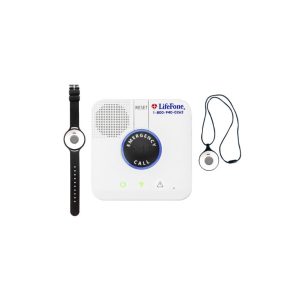
Key product features
What you should know
LifeFone At-Home Cellular is a standard home system that connects to the monitoring center in and around your home. Unlike the VIPx, you can’t contact the monitoring center from anywhere—only within range of the base unit. Fall detection is an optional add-on for $5 per month.
- The At-Home Cellular had a slightly better fall detection performance than the VIPx. It detected over 60% of test falls, including one slow and all fast falls.
- The base unit’s advertised 1,300-foot range is more than the length of three football fields. (11)
- We recommend this system if you or your loved one are accompanied by a caregiver outside the house and only need monitoring at home.
LifeFone VIPx vs. At-Home Landline
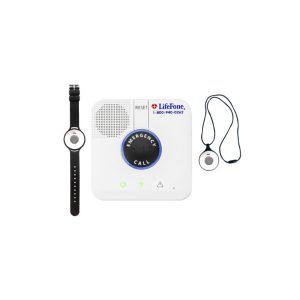
Key product features
What you should know
The At-Home Landline base unit uses an active landline connection to call the monitoring center. We recommend this device if you need better cell service in your area.
- At $24.95 per month, the At-Home Landline is LifeFone’s most affordable medical alert system.
- We like that the At-Home Landline offers the same extensive 1,300-foot range as the At-Home Cellular, which isn’t always the case with competitors.
- The base unit allows hands-free incoming phone calls. Press the base unit’s help button to answer the call when your landline phone rings.
LifeFone VIPx vs. VIP Active
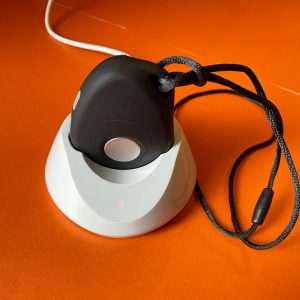
Key product features
What you should know
LifeFone VIP Active is a more compact mobile system than the VIPx. The text-to-locate feature is one of our favorite features. Instead of tracking your loved one’s location through an app, simply text “Find [user’s first name]” to 1-855-999-3224, and you’ll receive a Google Maps link pinpointing the device’s location.
- The VIP Active also detected 50% of test falls like the VIPx.
- At 1.8 inches long, the VIP Active is shorter than a standard matchstick. (12) The device is also available in black or gold.
- Its battery life is half that of the VIPx at five days. When the battery is low, you’ll receive text and email reminders.
LifeFone VIPx vs. VIP Flex
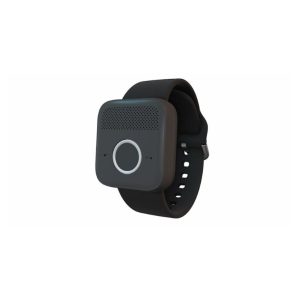
Key product features
What you should know
The VIP Flex is a bracelet that resembles an Apple Watch or fitness tracker but without a touchscreen or extra bells and whistles. The simple mobile bracelet has a help button, a two-way speaker, and optional fall detection that can be used anywhere with cell service.
- Users can decide how to wear the VIP Flex—it can be worn as a bracelet, necklace, or belt clip.
- It has a five-day battery life and text and email reminders when the battery is low.
- We recommend the VIPx for those wanting a simple bracelet they can wear at home or on the go.
LifeFone VIPx vs. Safe Watch Active
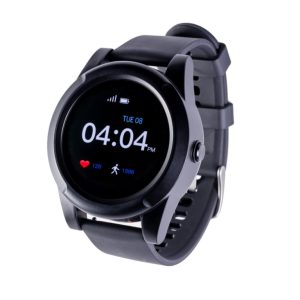
Key product features
What you should know
The LifeFone Safe Watch Active is a touchscreen medical alert watch with a two-way speaker, GPS tracking, heart rate monitor, step tracker, weather app, and optional fall detection. The watch face is bright with easy-to-read text and icons but also bulky.
- When our testers conducted test calls, the watch verbally confirmed it was connecting to the monitoring center and counted down to 10 on the watch’s face. We like these clear verbal and visual cues.
- The watch’s GPS tracking was slightly unreliable. During test calls, our testers had to move closer to a window for the monitoring center to pick up our location.
- We recommend the Smart Watch Active for users with more interactive features than the VIPx without a tech-savvy learning curve.
LifeFone vs. competitors
Most medical alert brands offer a standard mobile system like the LifeFone VIPx. Let’s see how the VIPx compares to similar models.

|

|
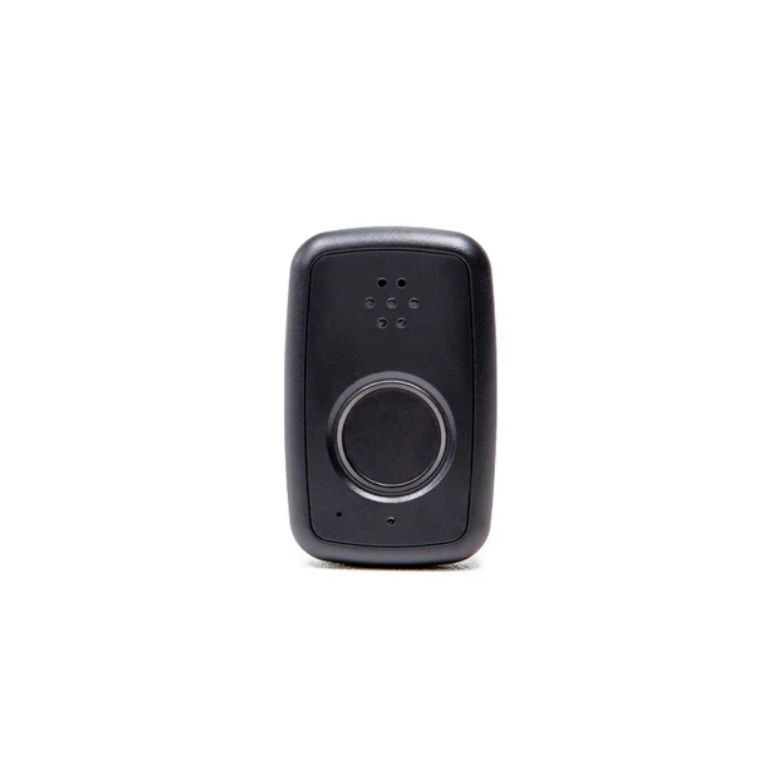
|
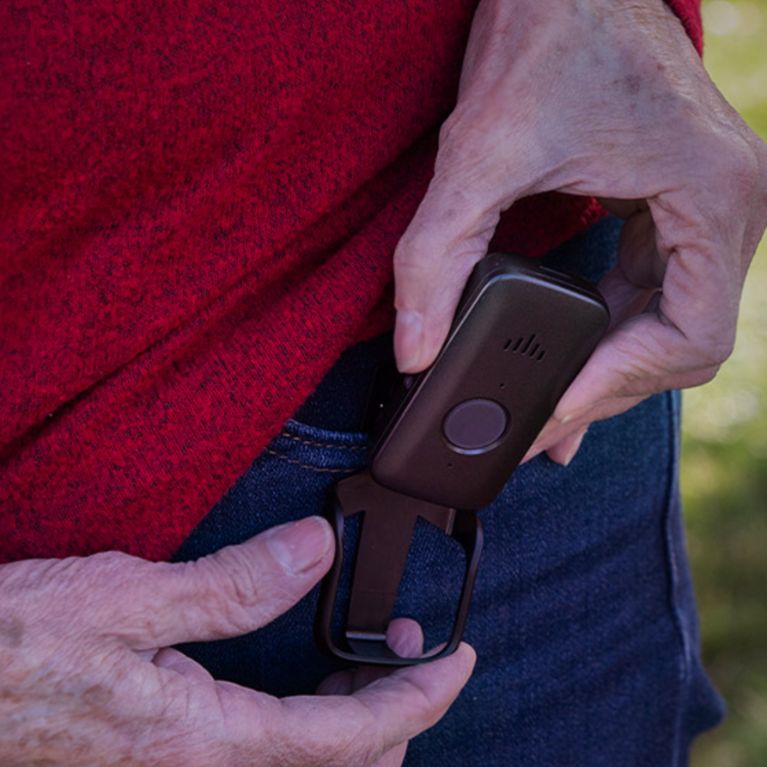
|
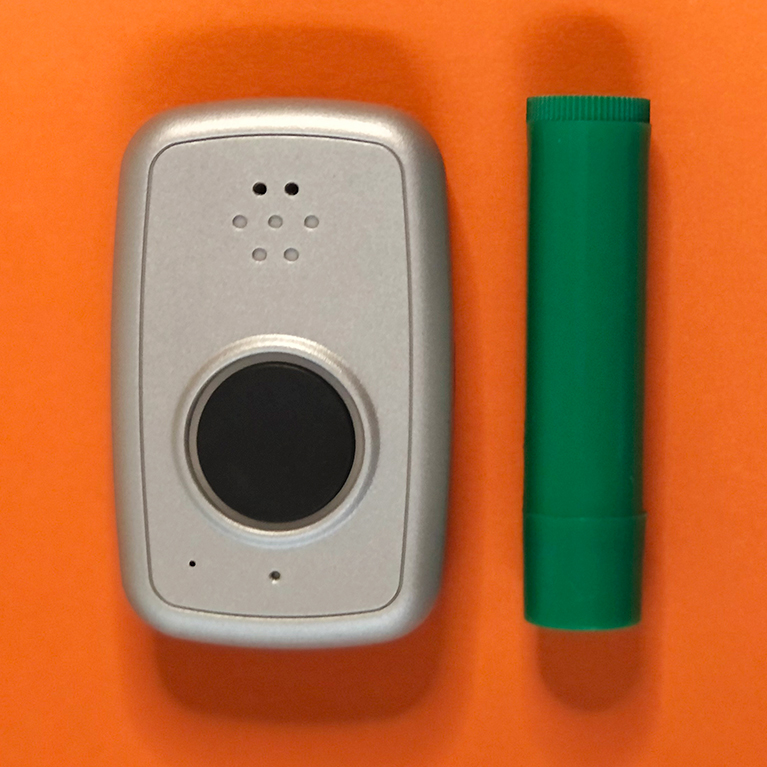
|
|
| LifeFone VIPx | Medical Guardian MGMini | MobileHelp Micro | Bay Alarm Medical SOS Mobile | ADT Health On-the-Go | |
| Rating | |||||
| Price | $43.95 | $39.95 | $34.95 | $29.95 | $41.99 |
| Equipment fee | $0 | $149.95 | $0 | $99 | $0 |
| Fall detection | $5/month | $10/month | $11/month | $10/month | $11/month |
| App with GPS tracking | $8/month | Free | Free | Free | No app |
| Caregiver notification | Phone call | Phone call (email or text costs extra) | Phone call | Phone call | Phone call |
| Battery life | 10 days | Five days | Five days | Six days | 40 hours |
| Cellular network | AT&T or Verizon | AT&T | AT&T | AT&T or Verizon | AT&T |
The Medical Guardian MGMini is slightly smaller and more compact than the VIPx. The MGMini has a lower monthly fee but charges a $150 equipment fee, and fall detection is $10 per month. The MGMini detected 60% of our test falls, slightly better than the VIPx. The MobileHelp Micro has a lower monthly fee than the VIPx, but fall detection costs $11 per month and has a five-day battery life. Its pricier fall detection may be worth it—the Micro detected 100% of falls during testing.
Bay Alarm Medical’s SOS Mobile is essentially the same device as the LifeFone VIPx in size and design. Unlike the VIPx, it’s only available in one color: black. It’s almost $15 less per month than the VIPx, but the SOS Mobile has a $99 equipment fee and a $10 fall detection fee. Like the MGMini, the SOS detected 60% of our test falls.
ADT Health On-the-Go has a slightly lower monthly fee than the VIPx and free shipping, but it’s a much more basic system. There’s no app or GPS tracking for caregivers. Our team hasn’t tested the On-the-Go fall detection, but we plan to in the future.
Medical Guardian, MobileHelp, and Bay Alarm Medical offer a free app with GPS tracking.
FAQs
How much does LifeFone cost?
LifeFone costs $29.95–$47.95 per month, depending on the system. If you choose a quarterly or annual subscription, you’ll receive a small discount on your monthly monitoring fee. Fall detection is $5 per month. Other additional costs may include shipping and add-on accessories and features.
How does LifeFone work?
LifeFone medical alert systems connect to a 24/7 monitoring center when the help button is pressed or if fall detection is triggered. Depending on the situation, a monitoring center agent will assess the situation and dispatch emergency responders, loved ones, or both to your location. LifeFone at-home systems work within a specific range in and around the home, while mobile systems can contact the monitoring center anywhere with cell service.
Does LifeFone have fall detection?
Fall detection is available for all LifeFone medical alert systems for $5 per month.
Is LifeFone waterproof?
LifeFone devices are water-resistant, meaning they can be splashed with water but can’t be submerged. Therefore, wearing a LifeFone bracelet or necklace while showering, in the rain, exercising, or washing your hands is safe.
We’ve Featured LifeFone in:
- Best Medical Alert Necklaces
- Best Medical Alert Watches
- Best Medical Alert Bracelets
- Best Fall Detection Devices
Our experts
Chaunie Brusie, RN, BSN
Chaunie Brusie is a mom of five, a native Michigander, and a Registered Nurse turned writer and editor. She specializes in health and medical writing. Her work has appeared everywhere from The New York Times to Glamour to Parents magazine.
Krista Manning
Krista Manning is an accomplished medical copy editor and fact-checker who stands out in the pharmaceutical, health, and wellness domains. With a meticulous eye for detail and a command of medical language, Krista ensures the accuracy and clarity of content. Beyond her professional expertise, Krista is an advocate for mental health awareness. Recognizing the crucial intersection of psychological and physical well-being, she actively contributes to projects that promote mental health awareness within the healthcare narrative. Krista’s commitment extends beyond the pages she edits, emphasizing the holistic nature of health communication.

Emily Breaux
Fortune Recommends Sr. Staff Writer
About Author
Emily is a health and wellness writer with a background in marketing and secondary education. She enjoys covering wellness topics that help readers navigate aging, caregiving, sleep, and nutritional health. Emily specializes in medical alert systems and has hand-tested more than 20 devices. Her work has been featured in National Council on Aging, HelpGuide, AgingInPlace.org, and MarketWatch.
Emily is based in New Orleans and enjoys neighborhood walks, practicing yoga, performing in local theatre productions, and finding her next read at the library.
